Hace un par de años visitó Barcelona el artista alemán Julius Von Bismarck y dio una conferencia en el CCCB a la que lamentablemente no pude asistir. El artista es el inventor de un artilugio que consiste en una cámara analógica convertida en un flash a través de un objetivo. Con el Image Fulgurator, Von Bismarck logra proyectar cualquier imagen que desee sobre una superficie pero su flash dispara … ¡ cuando otras personas disparan sus cámaras con flash !
Sustituye la película por una chapa metálica perforada a láser y a través de un sensor colocado en la zapata de la cámara, el flash de su Fulgurator se dispara hacia donde el artista desea enfocar pero en el instante que otros desean hacerlo. En palabras del autor, Image Fulgurator es «un dispositivo para la manipulación física de fotografías. Interviene cuando una fotografía está siendo realizada, sin que el fotógrafo sea capaz de detectar nada. La manipulación solo es visible después de que la fotografía fué realizada.»
En principio puede ser usado en cualquier circunstancia donde haya cerca otra cámara utilizada con flash dirigida hacia un motivo cualquiera. Proyecta una imagen sobre ese motivo en el mismo instante en que otra cámara realiza la foto. La intervención no es obstructiva porque toma apenas unos milisegundos por lo tanto la información visual puede colarse imperceptiblemente en las imagenes de otros.
Las intervenciones con el Fulgurator han aprovechado ocasiones de gran repercusión mediática o sitios emblemáticos del devenir social mundial. Así lo hizo en la Plaza de Tiananmen sobre el retrato de Mao Zedong al que le proyectó la paloma del cuadro de Magritte «L’Homme au Chapeau Melon». También fulguró las fotografías tomadas por peregrinos en la última visita del Papa a Madrid en colaboración con el artista español Santiago Sierra , quien fue galardonado con el Premio Nacional de Artes Plásticas de España en 2010, premio que rechazó al considerarse «un artista serio» en sus propias palabras.
Fotografía ¿ Arte o Técnica ?
La fotografía es un arte mecánico en tanto es posible con una máquina – la cámara fotográfica – que hay que saber utilizar. La fotografía también es luz desde su propia etimología. En manos de un artista se convertirá en arte, pero también es un recurso posible de utilizar en otras aplicaciones.
Al ser éste un blog de técnicas de iluminación me pareció oportuno dar difusión a la obra de Von Bismarck cuyo discurso conceptual del Image Fuurator me parece magnífico. Pero, ¿ será necesario romper una bonita cámara MInolta para tener nuestro DIY Image Fulgurator ?
Prácticamente un Fulgurator es un proyector de diapositivas con una luz de flash en vez de una lámpara de luz contínua. Puede desmontarse una cámara analógica y colocar en el plano de la película la diapositiva desmantelando la tapa trasera de la cámara, o hacerse una caja con las mismas característica que la cámara de fotos cuidando de colocar una bayoneta de objetivo a la distancia exacta que hay entre el plano focal y la bayoneta de acople de la cámara. ¡ No destrocé mis queridas Nikon FM y F2A y en cambio uní dos cajitas de diapositivas con una tapa trasera de objetivo Nikkor !
Cabe destacar también que el Image Fulgurator puede usarse para proyectar gobos en un fondo de estudio, de igual modo que lo hace por ejemplo, un Spot Zoom de Elinchrom, pero … ¡ bastante mas barato !
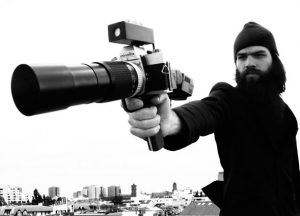
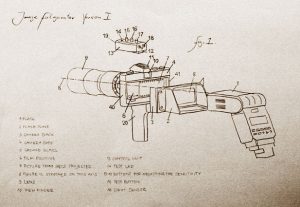
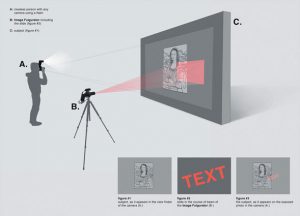

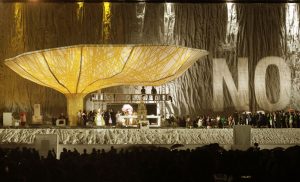
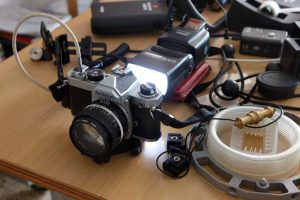
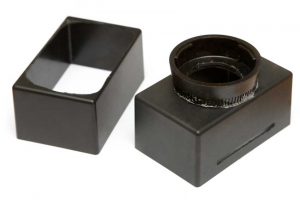
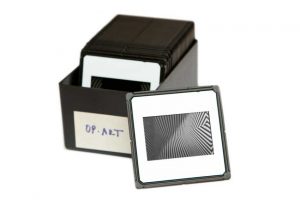
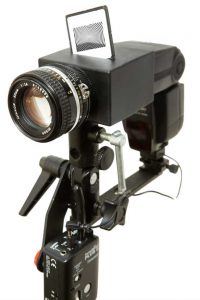

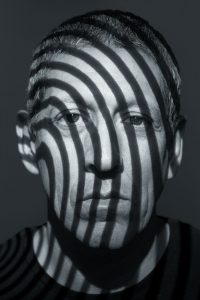

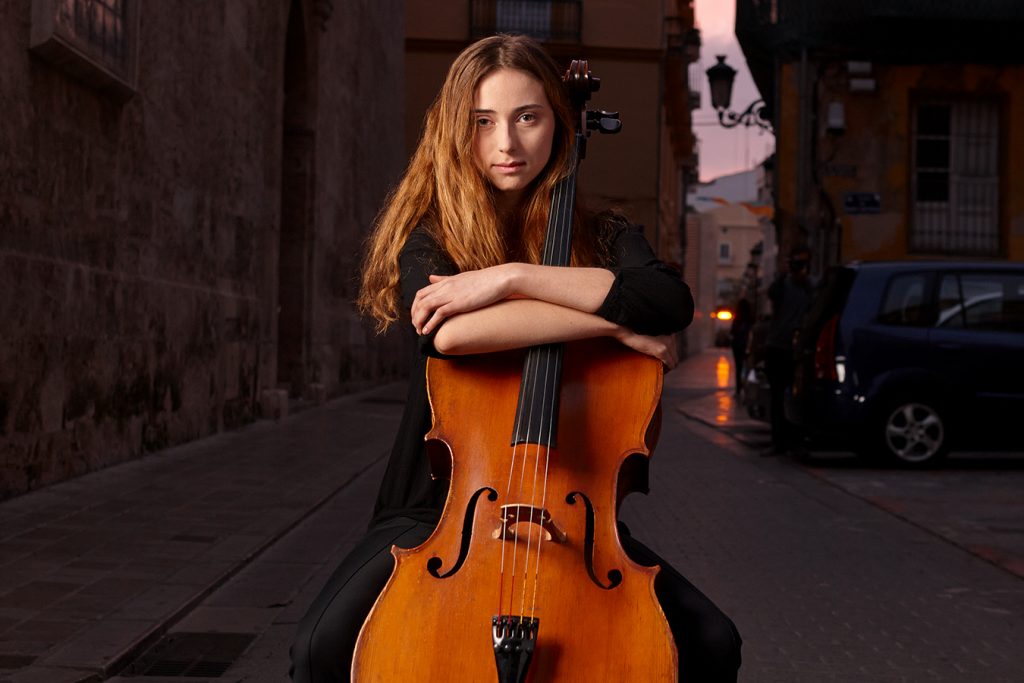

Pingback: Anónimo
Fantástico. Así podremos darle una utilidad mejor a nuestras analógicas, que estar criando polvo en alguna caja de cartón.